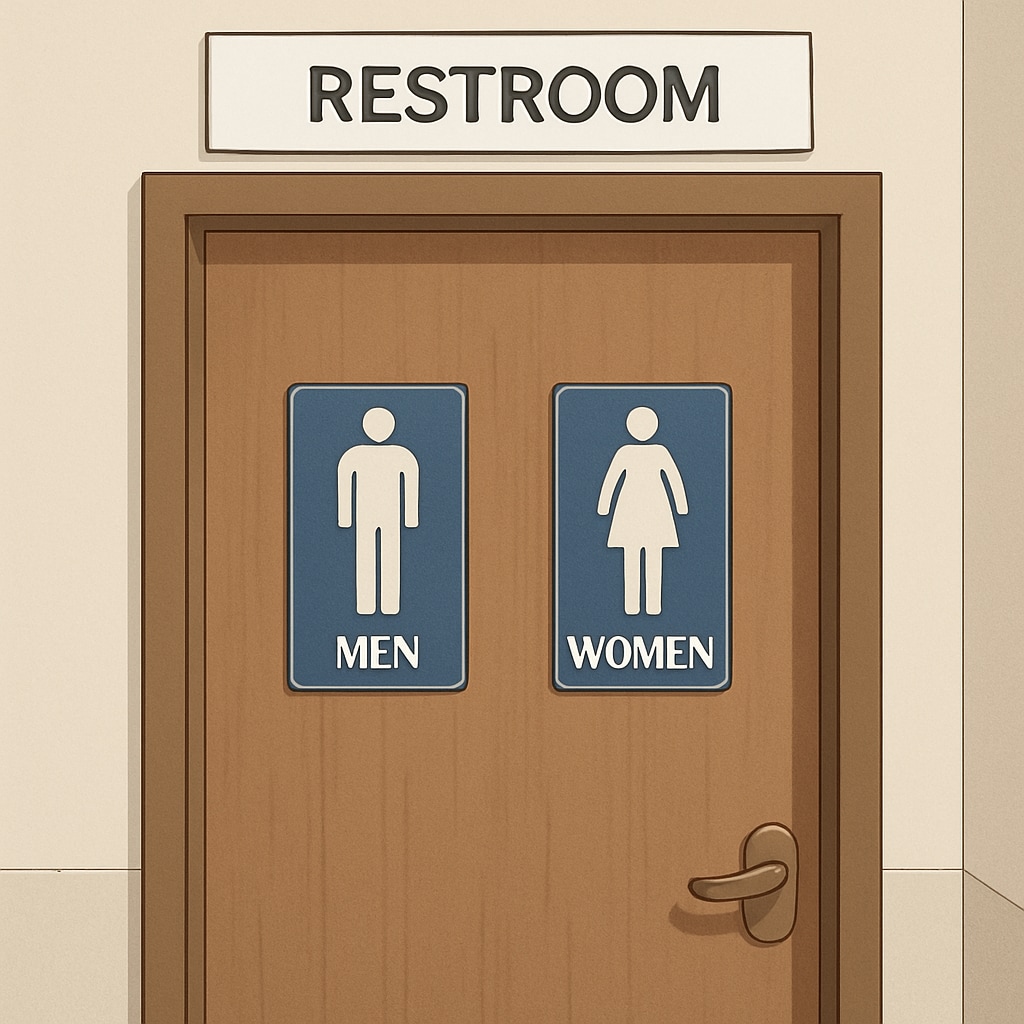Brown University’s recent gender policy change, stemming from a binary agreement with the Trump administration, has sparked significant controversy and concern among transgender students. While the policy aims to align with traditional gender definitions, its unintended consequences have left many students feeling unsafe and excluded, particularly in spaces like bathrooms and dormitories. This article examines the impact of this policy shift and discusses the urgent need for inclusive practices in educational institutions.
The Policy Shift: A Binary Approach to Gender
In 2023, Brown University implemented a gender policy rooted in a binary understanding of male and female identities. This change was reportedly influenced by agreements with the Trump administration, which sought to enforce sex-based definitions in various policies. While the university claimed the move was necessary to comply with federal guidelines, critics argue that it disregards the complexities of gender identity and the experiences of transgender and nonbinary individuals.
One major issue is the reinforcement of sex-segregated facilities, such as bathrooms and dorm rooms, which now require students to identify strictly as male or female. For transgender students, who often face harassment or discomfort in such spaces, this policy has exacerbated feelings of alienation.

Impact on Transgender Students
Transgender students at Brown University have reported increased anxiety and hesitation to use public facilities due to fears of judgment or confrontation. Spaces intended to foster academic growth and personal development now feel unwelcoming and unsafe for many. As a result, some students have resorted to avoiding shared facilities altogether, which can negatively affect their well-being and academic performance.
Moreover, the policy sends a troubling message about the university’s commitment to diversity and inclusion. By enforcing a binary model, the institution risks alienating not only current students but also prospective applicants who seek a supportive environment for gender expression.

Educational Institutions’ Responsibility
Universities play a critical role in fostering safe and inclusive environments for all students. Brown University’s gender policy change highlights the delicate balance between compliance with governmental regulations and upholding the rights of marginalized groups. Educational institutions must prioritize the well-being of their students by implementing policies that reflect the diversity of their campus communities.
To address these concerns, universities can consider alternative approaches, such as:
- Introducing gender-neutral facilities to accommodate students of all identities.
- Providing sensitivity training for staff and students to reduce stigma and discrimination.
- Engaging in open dialogue with the transgender community to better understand their experiences and needs.
- Advocating for policy changes at the federal level to protect gender-diverse individuals.
Brown University has an opportunity to lead by example in creating a campus environment that respects and supports the rights of all students, regardless of gender identity.
Looking Ahead: The Path to Inclusion
While the gender policy change at Brown University has exposed significant challenges, it also offers an opportunity for reflection and progress. Universities must recognize the importance of inclusivity and take proactive steps to ensure their campuses are safe and welcoming spaces for everyone.
As societal understanding of gender continues to evolve, educational institutions have a responsibility to adapt and advocate for policies that reflect the diversity of their communities. By prioritizing inclusivity, universities can foster environments where all students can thrive academically and personally.
Brown University’s experience serves as a reminder that policies, even when well-intentioned, can have unintended consequences. The key lies in listening to marginalized voices and making thoughtful, informed decisions that promote equity and respect.
Readability guidance: This article uses concise paragraphs, lists, and transition words to maintain clarity and flow. It balances active and passive voice while minimizing long sentences to enhance readability.


